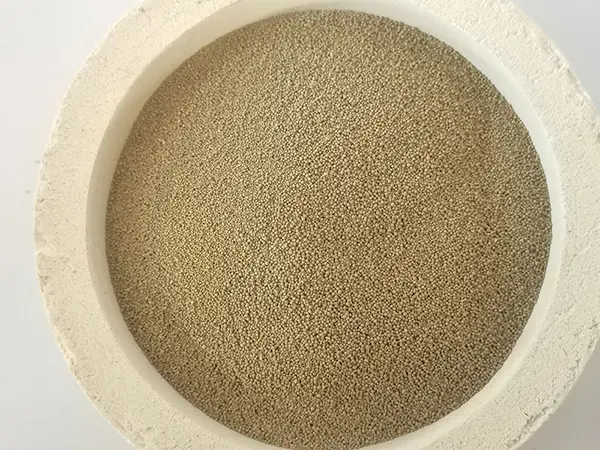

Once sanding is complete, polishing resin is the next critical step for a mirror-like shine. Using a polishing compound or dedicated resin polish, apply it with a soft cloth or a buffing wheel. Polishing not only enhances the appearance of the resin but also provides a protective layer, making the piece more resistant to scratches and wear in the future. Understanding the properties of the resin used is also fundamental in the sanding process. Different resins, such as epoxy, polyester, or polyurethane, have distinct characteristics that may influence the sanding approach. Epoxy resin, for example, tends to be more forgiving and less prone to chipping, making it a popular choice for many artisans. However, each type of resin requires slightly different handling to achieve the best results. Safety should never be overlooked when sanding resin. The process generates fine dust particles that can be harmful if inhaled. Always work in a well-ventilated area and wear a mask or respirator to protect your lungs. Safety goggles are also recommended to protect your eyes from any accidental debris. Finally, practice and patience are the cornerstones of mastering resin sanding. Like any craft, improving your skills comes from experience. Trial and error will teach you the subtle nuances of sanding and polishing resin, from choosing the correct materials to perfecting your technique. Each project will present its own set of challenges, providing invaluable learning opportunities that contribute to your expertise. In conclusion, sanding resin is an artistry that combines the right materials, techniques, and tools to transform a rudimentary piece into a polished masterpiece. By understanding the complexities of the process and adhering to best practices, artisans can achieve a level of quality and professionalism that sets their work apart. Embrace the meticulous journey of sanding resin, and you will find that the end result is well worth the effort invested. Post time:феб . 11, 2025 14:48
Next:sanding clear resin
